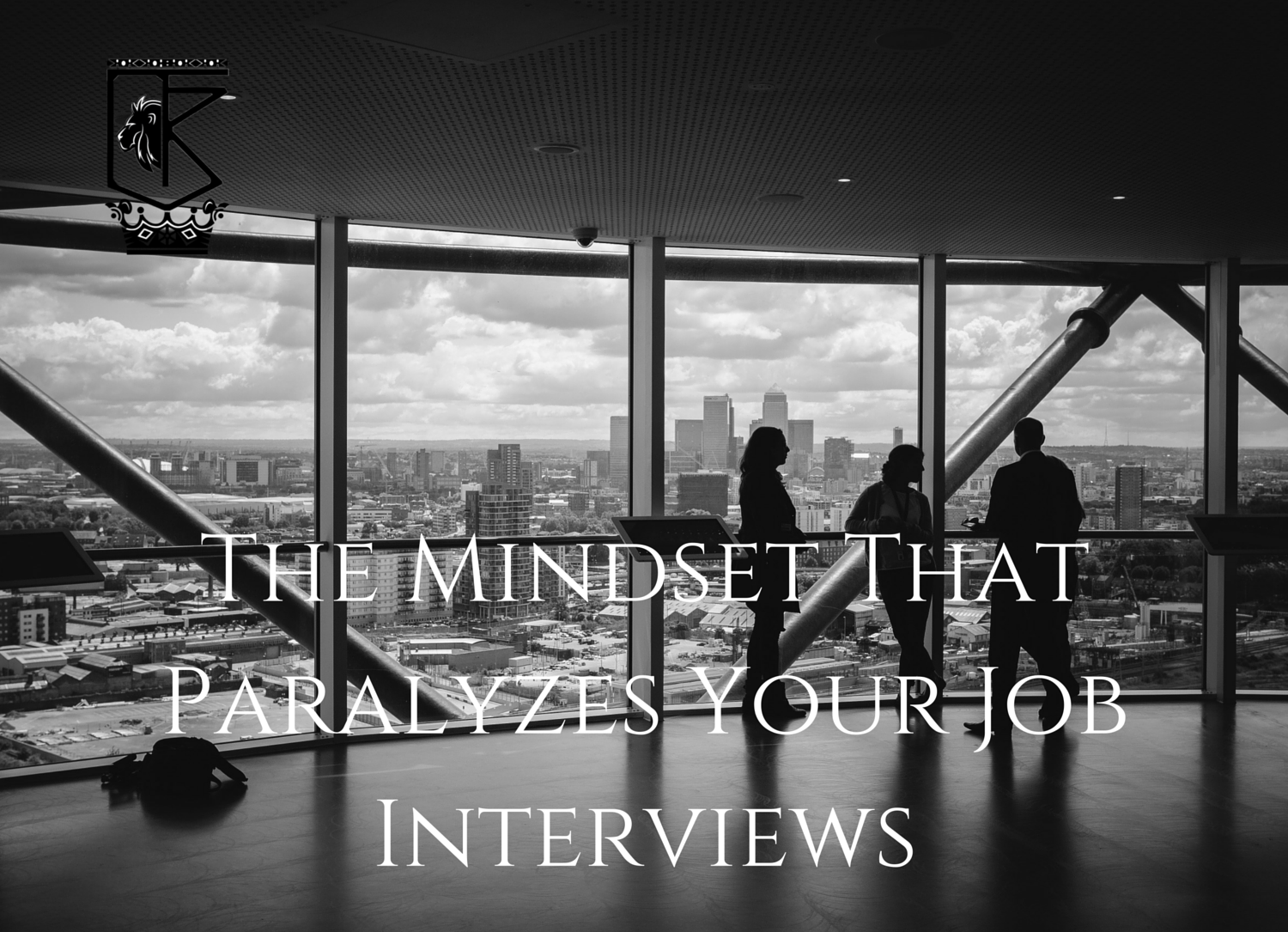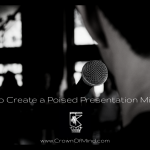Congratulations, Mill. You have a job interview!
Mill sets the phone down; the company he’s always wanted to work with, since he actually thought about working not long ago, actually called him and scheduled to have him come in for a one-on-one meet with the hiring manager.
No interruptions.
No distractions.
No one else in the room except himself. And. The. Manager.
As Mill pondered on this scenario further, he started to feel uneasy, a bit of anxiety in his gut. He suddenly felt bloated, an indicator that his earlier lunch was ready to exit his system. His queasiness intensified as he thought more about this situation.
“I have an interview tomorrow. I have an interview tomorrow! I got the job! No, wait, I didn’t get the job yet. I’m interviewing for the job, I don’t have it yet. I could have it if I did well on the interview. But what if I do my best, give it all I’ve got and it still doesn’t go through? What if the guy doesn’t like me right off the bat? What if I get something stuck in my eye, have to wipe it out and then it doesn’t wipe out and I sit there the whole interview trying to get crust out of my eye, while I have to think of cool answers? Now, I have to think of cool answers, that’s right. They can’t be boring. Have to sound just right, like I own the place. Or, what if I do that, act so confident they won’t want to bring me in? They might think I’m cocky, right? Nah, I can be cocky and still do it, if I make him laugh. Wait, this isn’t a date. I don’t have to make him laugh, but I have to smile a lot right? But I’m not that kind of smiling person. I hate smiling actually, especially when I can see people try to bullshit me with their own fake smiles. Like Matt did the other day. Ok, now I really don’t feel like smiling. What should I wear? I’ll Google it.”
A thousand more thoughts can travel through this guy’s mind before he realizes the danger he’s put himself in. But we exhibit this habit continuously throughout our days without even realizing.
The Space Between Decision and Outcome is Where the Imagination Can Cause Mental Chaos
We have a decision to make and stand on one side of it. We recognize the need to make the choice or to take action, then we freeze. When we do this, our minds come out to play, using the imagination as the prime tool to distort and conjure a multitude of scenes for the outcome. These What Ifs are rarely positive and often hell-ified. For some reason, we seem to torture ourselves with thoughts of disastrous results even if the odds are highly in our favor.
In the case of Mill, he received the greatest news of the day: a direct interview with the hiring manager of his favorite company. He should be happy, ecstatic, enthralled, right? Yet, like what many of us do, we start panicking about what could possibly go wrong. The glass is half empty even though you saw someone pour the purest water in the glass.
The space between decision and the outcome is the field of non (physical) action that allows us to strategically plan, to better our chances of having the outcome we desire. Invest too much time in this space and we end up overthinking; excessive consideration of possibilities that eventually lead towards questioning the initial ideas we came up with. This requires conscious effort. Learners can use the SAGE Art of Learning technique, Questions are Arrows and Answers are Targets, to redirect the mind for a focus on more favorable thoughts, such as:
“What should I do to feel most prepared for the interview?” instead of “How am I ever going to pass this interview?”
“How do my skills match with the job I’m interviewing for?” instead of “Why don’t I have enough skills for this job?”
“What talent do I have that will help me stand out?” instead of “Will I fail the interview if I don’t know what my talent is?”
Once Mill considers these arrows enough, he’ll come to an inner conclusion and sense the time is ready to move on.
To prevent being caught up in the mental space between decisions and outcomes, one must take action. Action eliminates the drive to create these harmful thoughts because action takes the mind into the present moment. When you act, you have to focus on the action in the here and now and not what’s going to happen ten minutes from now. Your succession of actions will eventually lead you to the destination that was ten minutes ago.
In Mill’s case, rather than thinking about the horrible situations he could end up in, he is best remedied by taking action on those questions posed to him:
After his mental tirade, Mill sat down and threw his back onto his bed. Eyes closed, he saw those horrific episodes more vividly. Failing the interview, making a goof of himself. Never being able to try and work there ever again.
With a few deep breaths, the imagery faded, gradually replaced with a clear scene of himself standing in front of the company building. Based on his SAGE questions, he imagined himself wearing his best suit, holding his binder filled with qualifications written down from his past experiences and a wide, bold smile. “I’m going to stand out,” he whispered. “This is my chance.”






